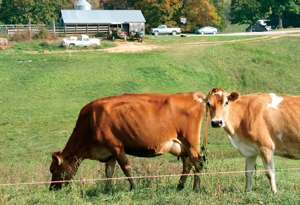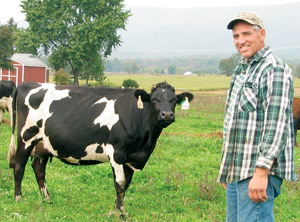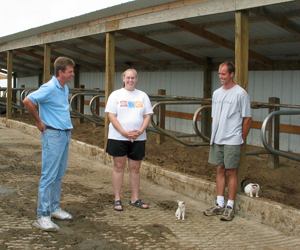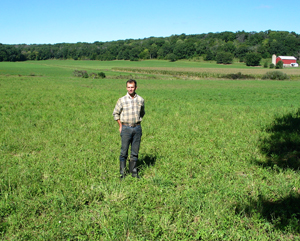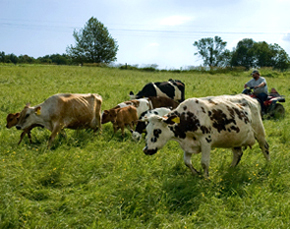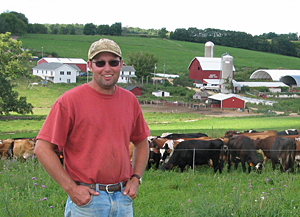Hudsons learned first, purchased later
Dublin, Virginia—When George and Julie Hudson took the Hoard’s Dairyman dairy knowledge test not too long ago, they both failed. Maybe that’s because milking cows is their means to an end, rather than the be-all, end-all of their existence.
“We’re not dairy people,” admits George, who actually did grow up on a confinement dairy. Shortly after high school graduation, at a time when other young men with agricultural backgrounds were studying pick-up trucks or fancy-uddered cows, George was taking classes in accounting and real estate. When others might have been trying to make a go of milking cows or working in town, George was driving a school bus, leasing land, and learning how to make money grazing a commercial cow-calf beef herd. Continue reading “From beef, to dairy, to a full-time living”

